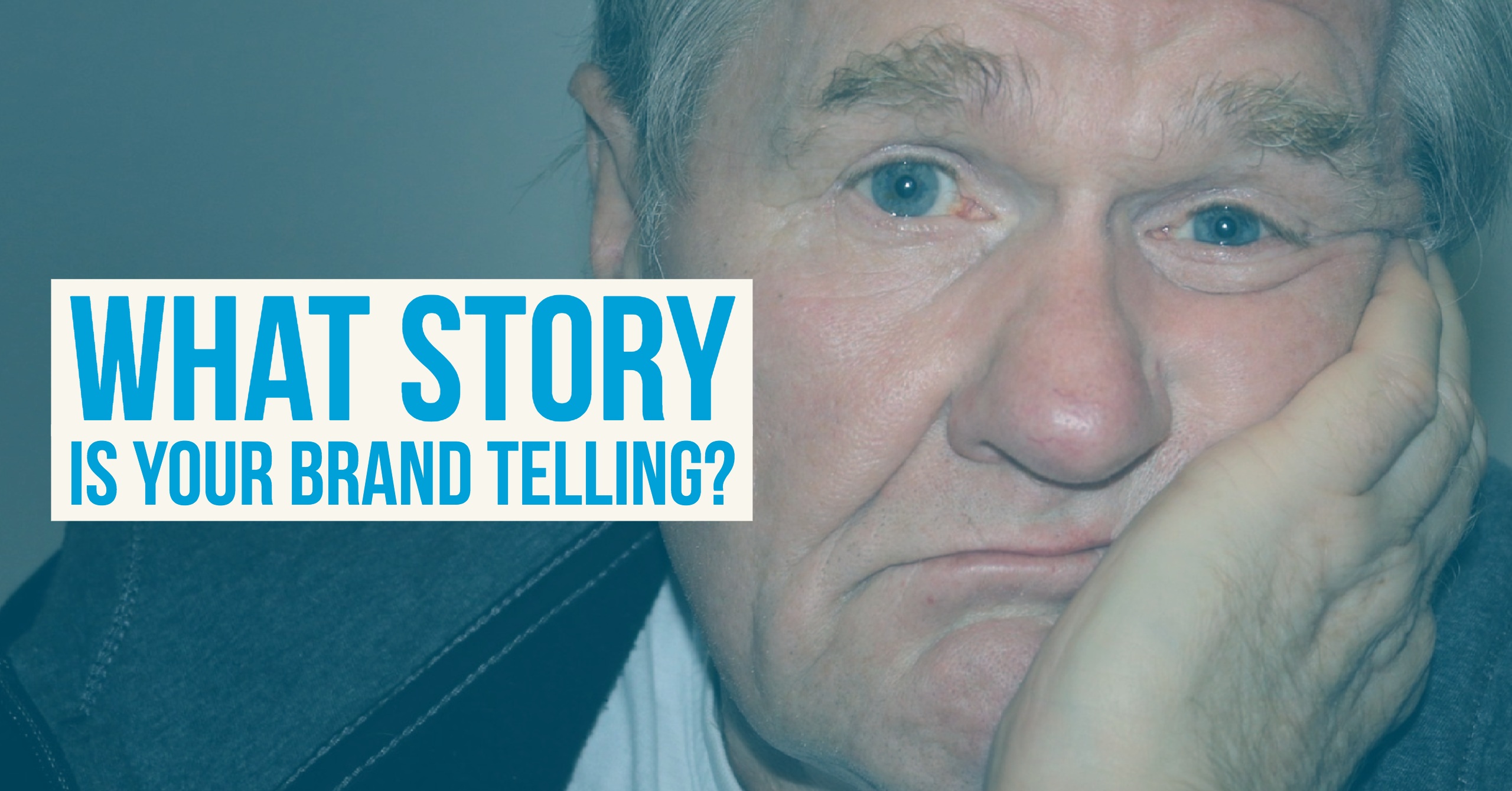
It was my third day of business travel and I was tired but looking forward to a seminar on motivation. About halfway through the presentation, I realized that the longer I stayed the more demotivated I felt. The speaker was engaging, she was actually quite funny, but her material was dated. My table-mates were a bigger problem. They were unhappy co-workers. Their underlying unpleasantness towards each other and their missing colleagues was tangible. It was disrespectful at best and openly hostile at other times. Made me glad I didn’t work with them and wonder if their boss understood the brand they created.
I left the session after an hour and ended up in a conflict resolution lecture. I’ve rarely laughed so hard. It was clever, insightful and I can say without a doubt, conflict has never felt so good. The rest of my day unfolded in a pleasant fashion, but as I was reflecting on the morning’s adventures I couldn’t help wondering about how attitudes, our own, those of service providers and even other customers influence and affect how we perceive brands.
While I was waiting for the conflict resolution lecture to start the woman ahead of me in line gave me a big smile, she turned out to be the lecturer. Her smile was an accurate indicator of the attitude she conveyed throughout her lecture. It reminded me of a study I read on the effects of greetings on shoppers, no not the typical Wal-Mart greeting, but a real greeting, like, “Hi, is it still raining out?” for mall shoppers. The study indicated that shoppers are more likely to report a positive experience if they are greeted and told goodbye. So although they may have a neutral journey through a store, the emotion they experience on coming and going will dictate their impressions.
Of course, the customer’s attitude before they enter a store or a website will also influence their experience. Had I been in a cranky mood when I started the first lecture, I doubt I would have lasted 15 minutes. I also wondered about the experience of customers going into the store of my original tablemates. I couldn’t help but think that their office dynamics would make for an unpleasant environment. Their dislike of each other would dominate the atmosphere, not exactly conducive to a positive retail experience.
So many elements are at play when a brand is being experienced that we constantly have to ask ourselves, what am I’m doing contribute to my brand? Even when we are being vigilant we can get into trouble. On my way home I was standing at airport security waiting to be scanned when one of the security personnel walked up to her colleague and reprimanded him for complaining about something in front of passengers. I wonder what she thought her reprimand in front of me was doing for customer relations? Marketing attitude is something we have to be thinking about all the time. Marketing the wrong attitude can have such a lasting impression, that no matter how good the product, people will be reluctant to engage. The same can be said about marketing the right attitude; it can carry you through even the most unforgiving lapses.
Tips on Managing Brand
- Your attitude is your brand, make sure that you are conveying the right messages.
- Employees are your brand ambassadors. Their attitudes, likes and dislikes will play into your brand and how your services or products are perceived. Make sure you are properly aligned.
- You cannot control your customer’s attitudes, but you can ensure that you are not contributing to a negative experience. Manage the atmosphere you are responsible for and the rest will follow.
Have you had an unpleasant experience work out because the attitude was right or perhaps the reverse is true? Have you had any great experiences that came as a result of great attitude?
Related Articles


